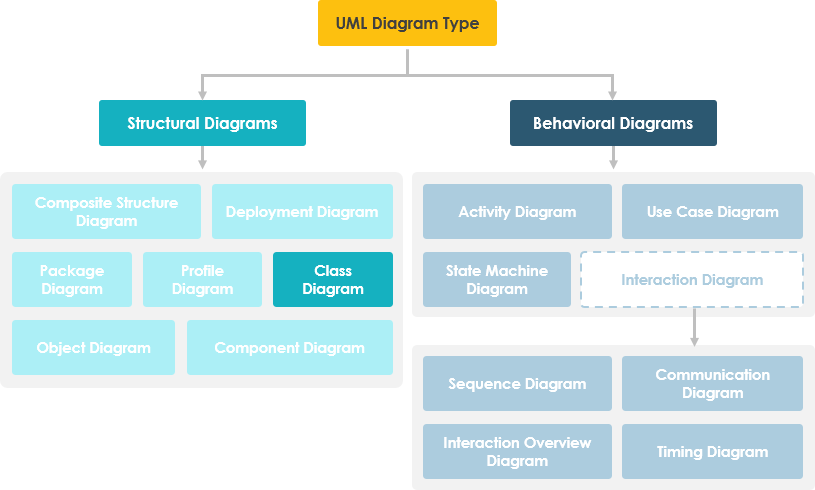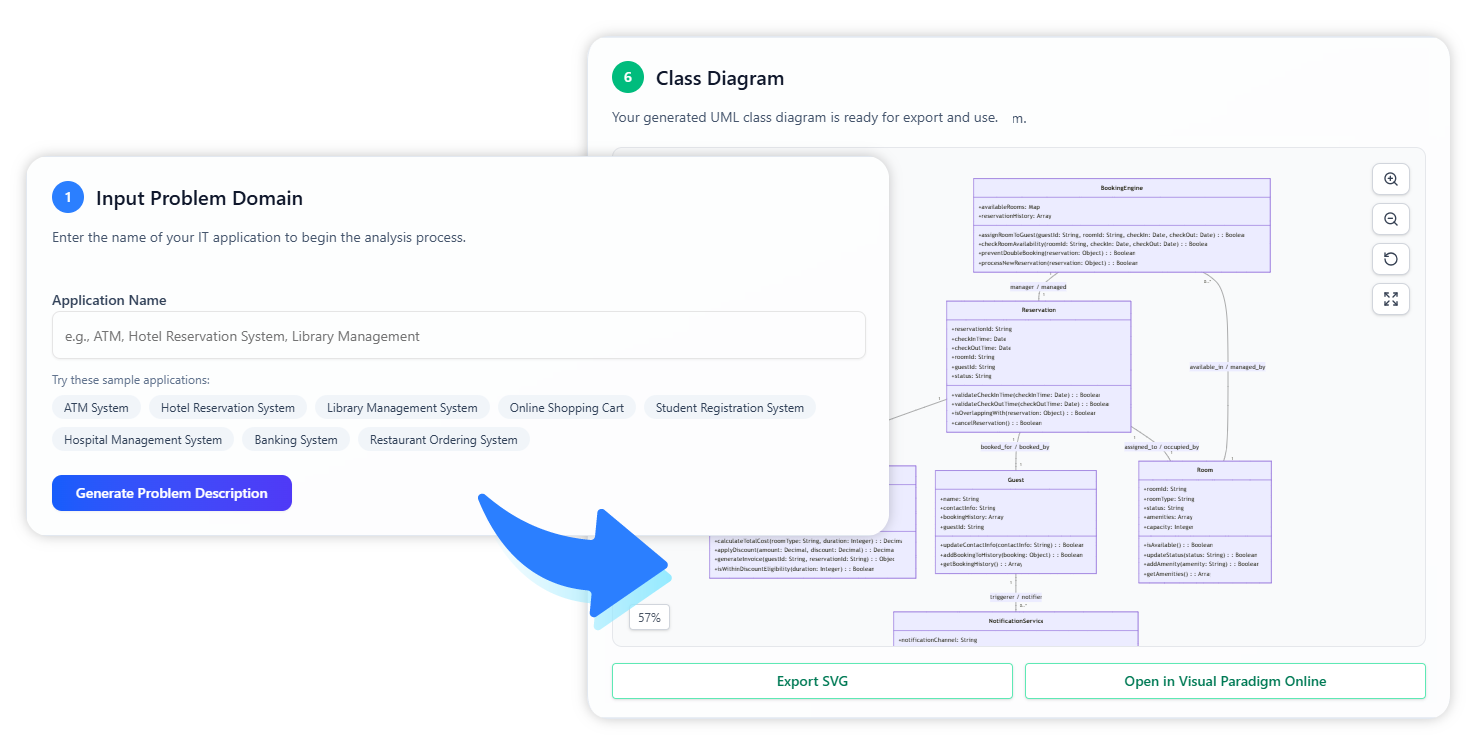Now Reading: What Is a Class Diagram? Definition, Symbols, and Importance
-
01
What Is a Class Diagram? Definition, Symbols, and Importance
What Is a Class Diagram? Definition, Symbols, and Importance
A class diagram is one of the most widely used diagram types in the Unified Modeling Language (UML). It visually represents the structure of a system by showing its classes, attributes, operations, and the relationships between them. If you are working with object-oriented design, a class diagram serves as a blueprint that bridges the gap between conceptual ideas and actual code.

The Role of Class Diagrams in Object-Oriented Modeling
In object-oriented software development, systems are built from interacting objects. A class diagram captures the essential building blocks of that system:
- Classes – the main entities or concepts in the system
- Attributes – the data or properties each class holds
- Operations – the actions or behaviors a class can perform
- Relationships – how classes connect and interact with each other
By organizing these elements visually, class diagrams make it easier to plan, analyze, and communicate your design.
You can learn more about building blocks of class diagram here.
Common UML Class Diagram Symbols
When you look at a class diagram, you will typically see:
Rectangles
Divided into three sections: class name, attributes, and operations
Lines
Showing associations between classes
Arrows
Indicating direction in relationships such as inheritance or dependency
Multiplicity indicators
(e.g., 1..*, 0..1) Showing how many instances can be linked
Understanding these symbols helps you read and create diagrams with confidence.
Why Class Diagrams Matter
Class diagrams are more than just a visual aid. They bring value at multiple stages of development:
- Planning and Design – Ensures everyone has a shared understanding of the system’s structure before coding begins.
- Communication – Acts as a common language between developers, analysts, and stakeholders.
- Documentation – Serves as a reference point for future maintenance or new team members.
- Problem-Solving – Helps identify missing pieces, redundancies, or overly complex relationships before implementation.
From Text to Diagram: A Modern Approach
Traditionally, creating a class diagram meant manually identifying classes and their relationships. Today, with AI-powered tools like the Textual Analysis AI Class Diagram Generator, you can start with a simple problem description and let the AI automatically identify domain classes, suggest attributes and operations, and map out relationships. This not only speeds up design but also reduces the risk of overlooking important details.

Conclusion
A class diagram is a central piece of object-oriented modeling, serving as both a design blueprint and a communication tool. Whether you are planning a new system or refining an existing one, understanding how to create and interpret class diagrams will make your design process smoother and more effective.
With tools like Textual Analysis, you can go from idea to professional UML diagram in minutes — freeing you to focus on building great software.

